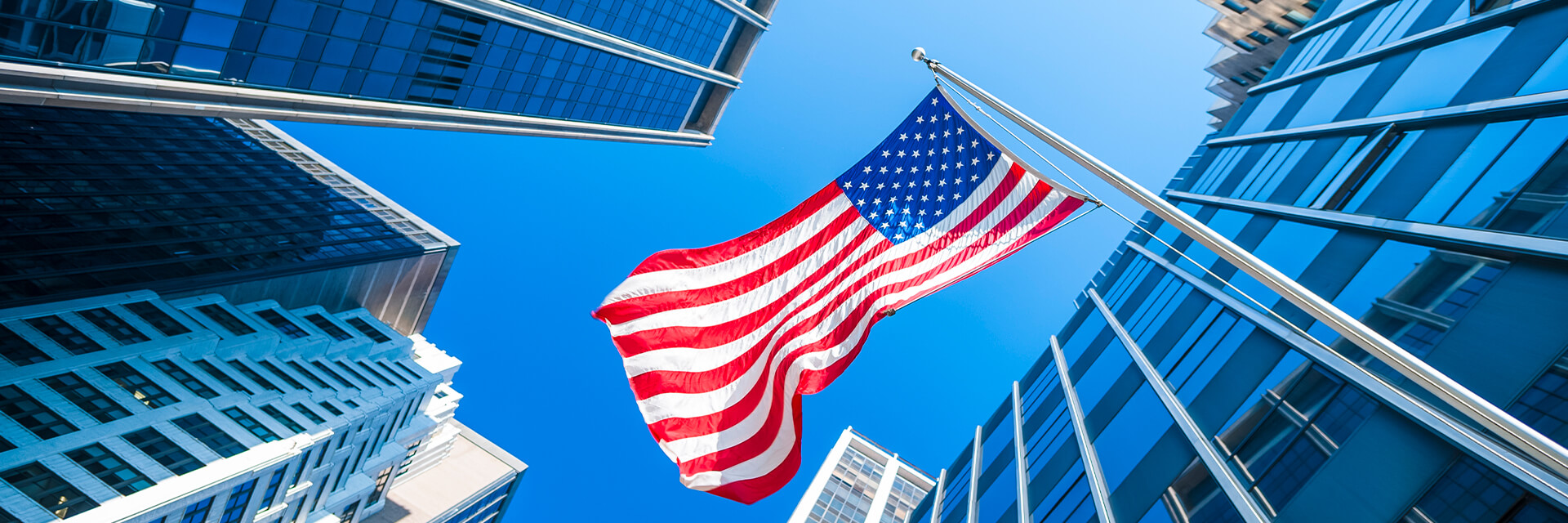
Private Equity: A Strict Deal Environment
- Published
- Mar 14, 2019
- Share
EisnerAmper’s Trends Watch is a weekly entry to our Alternative Investments Intelligence blog, featuring the views and insights of executives from alternative investment firms. If you’re interested in being featured, please contact Elana Margulies-Snyderman.
This week, Elana talks with MS, Managing Director, Geocom Capital.
What is your outlook for private equity?
Private equity is a strict deal environment. It’s clearly the growth of the first or second cycle of the company in any asset class. In recent years, the PE growth has been on an upswing strongly supported by a stronger economy. PE had exponential growth from 2004, when it was around $66 billion, until 2018, around $480 billion.
The year 2018 was a strong period for deal closings in the U.S. and around the world. We see an increasing flow of capital in cross-border transactions. PE flows are a good reflection of government policy, tax rates (corporate and personal), skill of the workforce and the markets’ purchasing power. Going forward, we see the U.S. has a marginal lead over Europe which has its internal issues to resolve. Japan, China, India and few other countries have catching up to do to attract private capital/equity.
The outlook for this sector will be strong in the U.S. as we have recently passed a lower tax rate, bringing more cash to the markets supported by new companies formed in incubators, strong technologies, lower interest rates and a purchasing power. All indicators are in strong support of a growing PE cycle.
What is your outlook for the economy?
The outlook on the economy is always a fluid one: "Every person stands on his or her bunch of indicators" and puts out its research or predictability. Looking at the world today, the U.S. has a strong economy going forward; the government policy trade winds are very supportive for business, we have a strong stock market in the private equity sector. A good indicator for the U.S. is in “the borrowings:” The U.S. borrows in its own currency, the U.S. dollar, and we are not exposed the biggest fear factor to a currency, which is "depreciation of currency." Depreciation to a currency can easily be around 5% to 10%; this can cost an economy decades to recover. We can also bring in a few short-term issues to balance the monetary and fiscal policy, where we have seen the Fed raise the rates and a direct fall in the stock market. We are hearing of strong socio-economic policies taking center stage. One positive force for the U.S. economy is most countries of the world borrow and trade in the U.S. dollar.
What keeps you up at night?
Thoughts on writing a book on geo-economics.
What's on Your Mind?
Start a conversation with Elana
Receive the latest business insights, analysis, and perspectives from EisnerAmper professionals.











